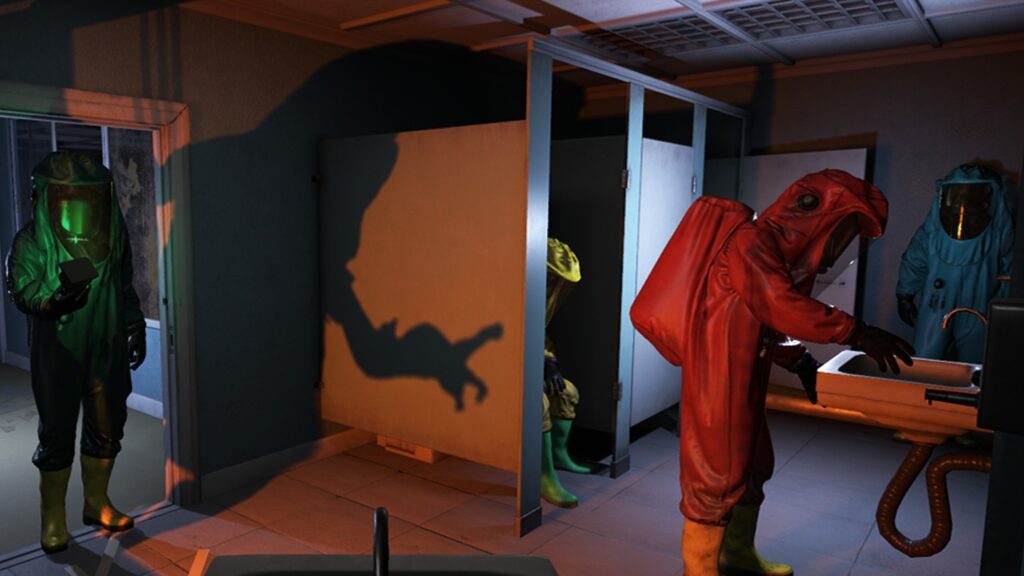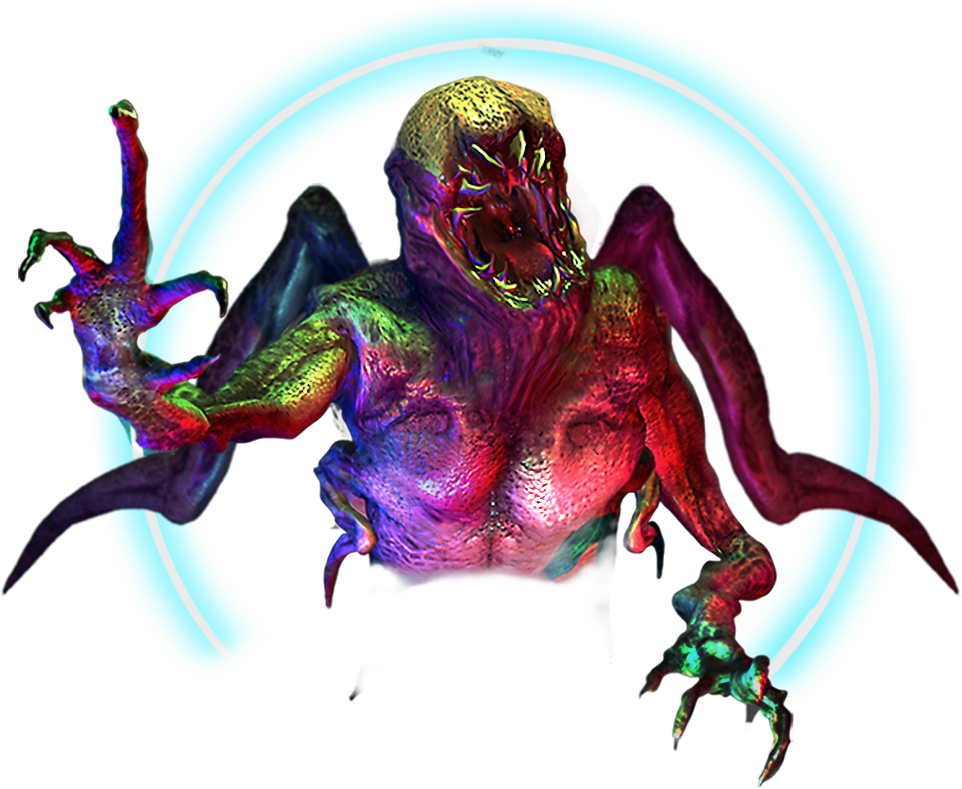Gamer’s Thoughts: Let’s Roleplay With AI

AI is everywhere lately. I think it’s something that won’t blow over or will go away in our lives. In the past few months, I had a craving to write stories again. So, I downloaded one of those AI chatbot apps on my phone and at first, I was afraid that it would be something very niche or something that was a fad. Yet, I found value in these apps and I wanted to talk about them in this article. This article isn’t meant as a review of these apps, but more to open a general discussion of these apps. Since, I think these apps have their place in our lives and can help if they are used correctly. Yes, they also have their pitfalls and dangers. And that’s what I wanted to explore in this article. So, let’s dive right into the world of roleplay and story creation with AI.
What are these apps?

There are a lot of these apps. You have examples like Talkie, Character.AI and Moescape. The idea of these apps is that you create a character that replies to you. In a lot of cases, these characters fantasy characters to play out a story.
Some of the advertisements don’t do these apps any favors. By advertising them as apps where “you can create your own girlfriend” or “combat being lonely”. And it’s a darn shame, since the creativity that you can find on these platforms is amazing.
I personally feel that these apps are the strongest when you look at them what they really are. Apps to let you roleplay a story like old school text adventures. The biggest difference is that you can totally craft the world and have full control of the story line.
This does create a big risk that you fall in an echo chamber. I call it the “main character syndrome”. Where your character in these stories barely get any problem in their way, without it being solved in a few dialogues later. Then again, power fantasies are something that’s quite attractive to people. It’s fun to play a character that can overcome anything and is the best version of yourself. Or where you can say anything you want in an argument.
Some of these apps add additional features for you to play with. Things like a character speaking their dialogue, creating various AI generated images or even love songs. After trying various apps, I personally landed on Moescape. At the moment of writing, this app keeps things quite simple in the character department. Giving great replies and amazing in playing multiple characters.
Essentially, these apps are apps where you can write a story, but AI plays another character and tries to challenge you from time to time to be creative. This is really something where you have to create your own fun.
Limitations of AI

While ChatGPT turned two years old this week, AI isn’t still fully there yet. It still needs quite a lot of processing power and other things to run properly. It’s quite clear that the AI is also quite dependent on your reply.
I notice that the AI in the apps I tried is rarely to never negative towards the player. Which is a tricky thing, especially when you want to create character depth.
I tested this with playing a couple going through a rough patch. And I noticed that the AI always tried to get back together with you. Even when you give it the worst backstory, your mind can come up with. But that’s not the only problem. The AI story memory is quite limited. Sometimes you need to repeat certain parts, like where you are, or what your name is.
Thankfully, almost every app has a regenerate button. This regenerates the message in case you disliked the reply or if it didn’t fit the storyline you are making at all. Some apps even allow you to give feedback to the AI on the generated messages, so the AI knows how to craft more engaging messages for you.
What I personally love about Moescape AI is that you can tweak the settings of the AI quite a lot. You have various different models to play around with to get the best experience. I even tried to play the same 3 scenarios with one of my characters with different models and got very different and interesting results.
Now, how do you make apps like this profitable? I have seen apps that limit the amount of regeneration you can do or have other limitations. Some apps even offer a call feature where you can call your AI bot. Personally, I haven’t tried that yet, since I love playing stories where there are multiple characters involved. And since the calls only answer in one voice, it’s a difficult.
But most apps have ads or limit the more advanced features. I have tried some apps, but as soon as the “BUY PRO NOW” features became too aggressive, I stopped using them. I’m not here to buy the PRO version right away. Let me first try out the quality of your AI and if I like it, I’ll buy a PRO subscription.
There was one app where I almost bought the PRO membership, but it has one major issue that I notice in a lot of apps. The issue of multiple characters.
The perfect app

For me, the perfect AI chatbot app should be able to handle to play multiple characters. I dislike app where the AI only plays one character. It’s not the stories I like to write.
I like to write stories where you can play multiple characters and interact with multiple characters. Yet, with AI, this brings its own can of worms. Sometimes the AI ends their message with a question to a character they are playing. Why don’t they reply on it themselves?
Or better yet, I have a story where you are part of a friendgroup where almost, without fail… One character gets forgotten and barely gets any interactions. So, you are not only playing the story out to its conclusion, but you are also playing a moderator on how the AI is reacting.
At the moment of writing, the app that best fits my needs is Moescape AI. The reason why is quite simple. It has the best models that fit my writing style and the way how I want to go through the story. It allows quite fine control on the settings of the app and the bot. You can see earlier generations when you regenerate replies. You can create a wiki with trigger phrases for your bots to reply too. Like if you set up certain lore, you can use a trigger phrase you set up and the AI will keep it in mind.
But, I’ll keep a review on that platform for a later article. Since, I mainly wanted to focus on how these apps can be used for good. I personally use them to write out various stories I always wanted to write and see if certain arcs would work or if they would fall flat on their face. I find them a great outlet of my creativity.
Sometimes the strange replies, forgotten characters and other weird generation things can pull you out of the story… But, a good writer knows how to solve these things. Sadly, some of these apps can be money traps. So, before you spend any money on these apps, look into it. Test it out and see if it’s for you. Since, I have to admit, I’m somewhat addicted to my stories. I’m so glad I have these apps a chance and I found the app that best clicked with me. If you want to see the characters and stories I came up with, you can find my Moescape profile here: https://moescape.ai/@jonez
I’m curious what you all think about these apps. I totally understand that they seem “weird” but, I urge you to give them a chance and look at them with an open mind. Since, they hold value. Yet, I have talked about some traps in this article. So, keep those in mind as well.
With that said, I have said everything I wanted to say about these apps for now. I hope you enjoyed reading this article as much as I enjoyed writing it. I hope to be able to welcome you in another one, but until then, have a great rest of your day and take care.


















 I love games that let you unwind in a Zen kind of way. Whether it’s arranging your personal belongings in a title like Unpacking, or driving across a lonely highway in the calming silence of the night in Euro Truck Simulator 2, I can always appreciate it when a game lets you completely tune out the outside world to the point it becomes almost therapeutic.
I love games that let you unwind in a Zen kind of way. Whether it’s arranging your personal belongings in a title like Unpacking, or driving across a lonely highway in the calming silence of the night in Euro Truck Simulator 2, I can always appreciate it when a game lets you completely tune out the outside world to the point it becomes almost therapeutic.  Man, how do I even begin? Dark and Deep is a game that kept me in a cautiously optimistic mood at first, because clearly a good deal of work had gone into it. It’s a first-person, narrative-driven adventure game with puzzle-solving and mild exploration as its main focus, featuring a storyline that’s hoping to blur the lines between the real and the nightmarish.
Man, how do I even begin? Dark and Deep is a game that kept me in a cautiously optimistic mood at first, because clearly a good deal of work had gone into it. It’s a first-person, narrative-driven adventure game with puzzle-solving and mild exploration as its main focus, featuring a storyline that’s hoping to blur the lines between the real and the nightmarish.  If you are looking for a good narrative adventure that respects your ability to choose and explore, Dustborn is for you.
If you are looking for a good narrative adventure that respects your ability to choose and explore, Dustborn is for you.
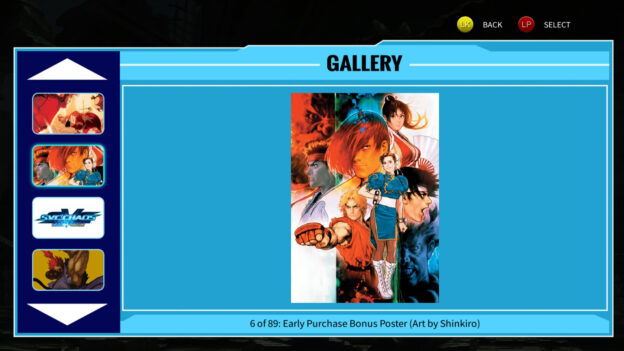
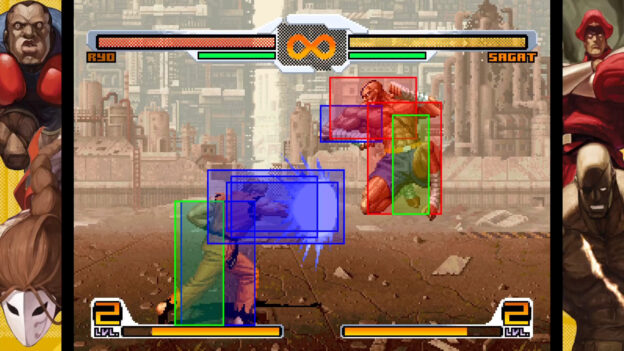





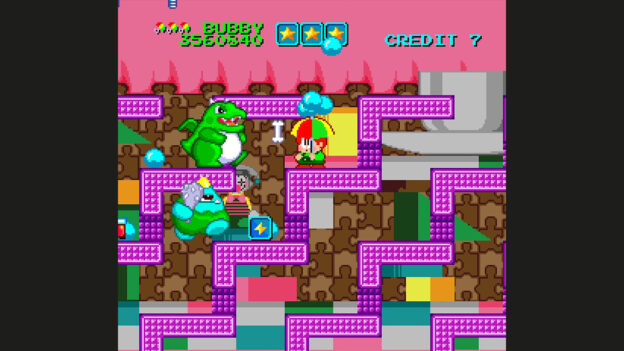










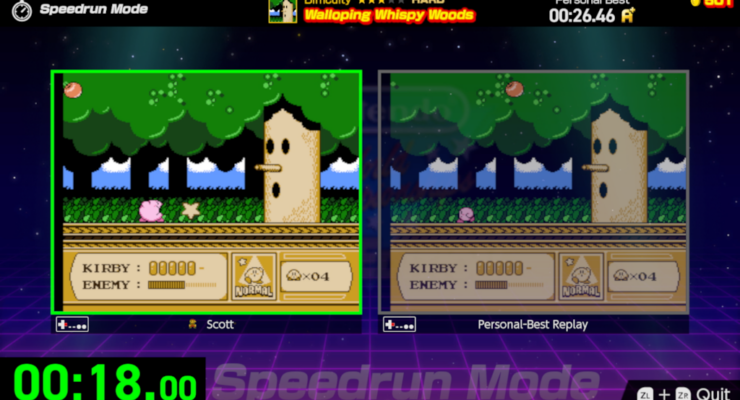













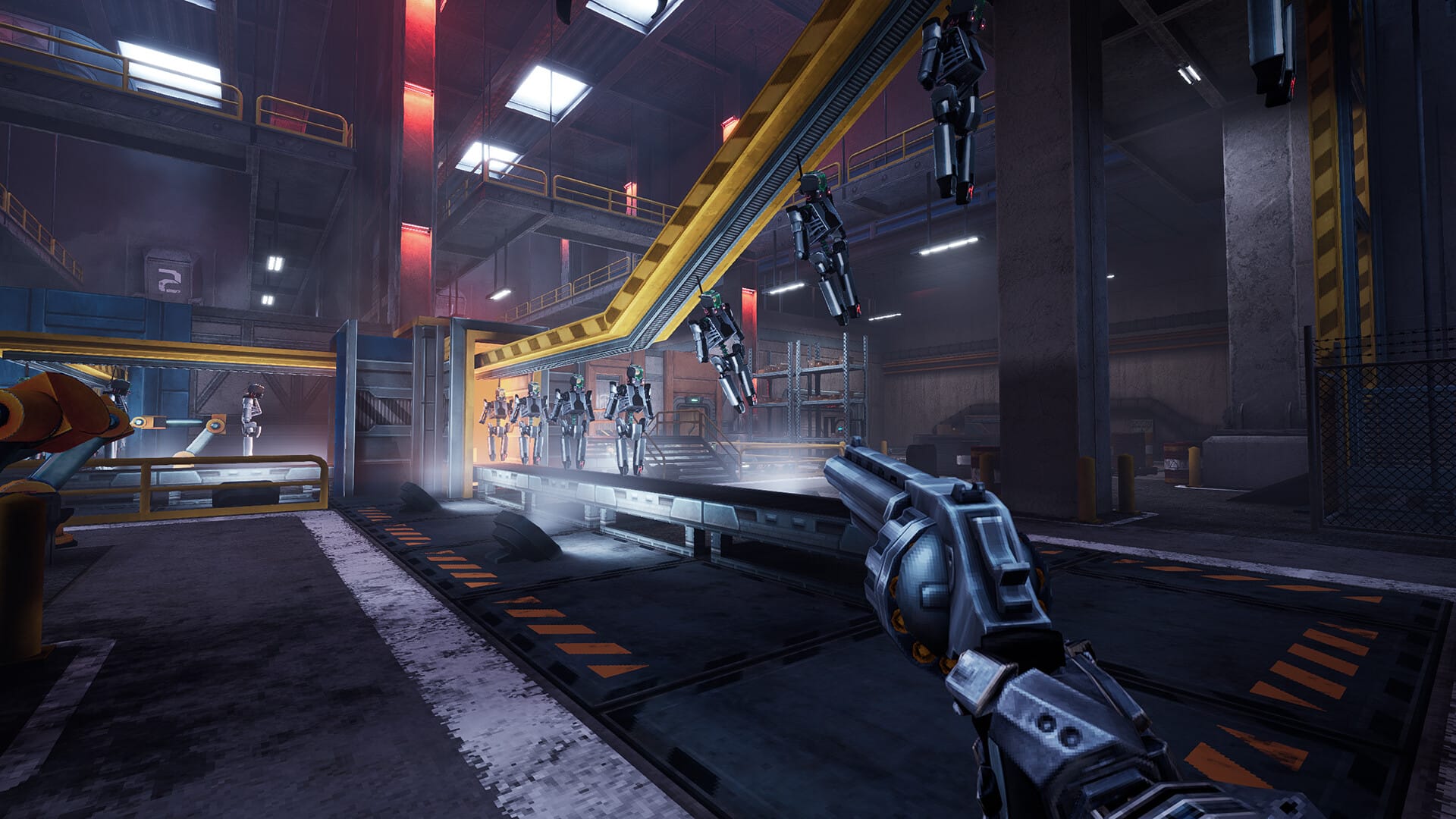

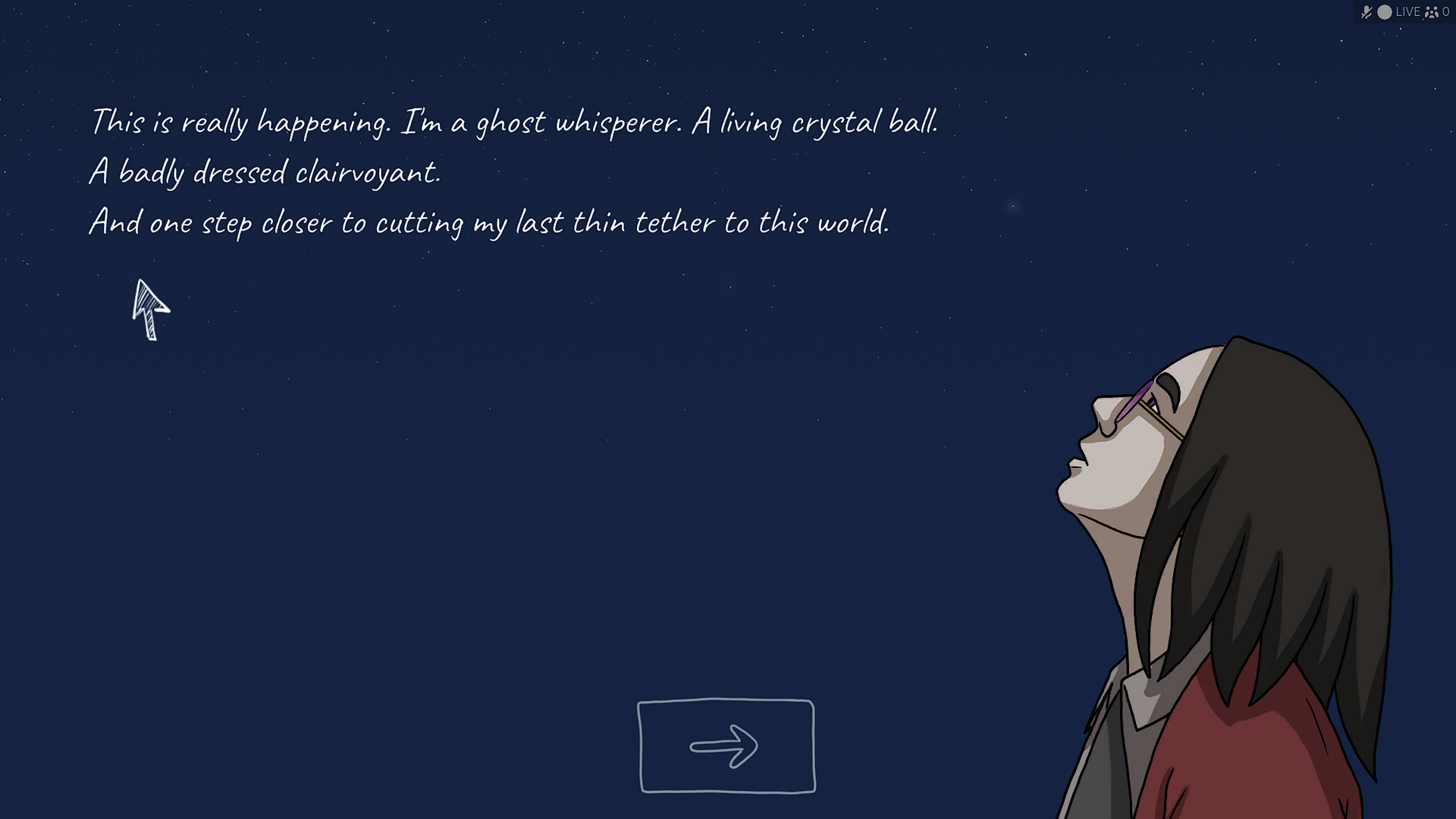












 Hands on with Warhorse Studios' massive sequel.
Hands on with Warhorse Studios' massive sequel.

 Times have changed.
Times have changed.

 The upcoming first-person action-adventure from MachineGames harkens back to the studio’s classic roots.
The upcoming first-person action-adventure from MachineGames harkens back to the studio’s classic roots.












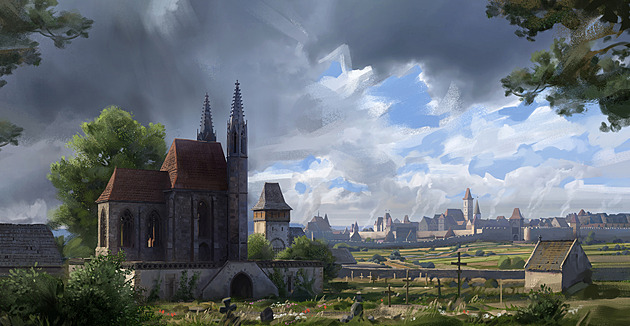
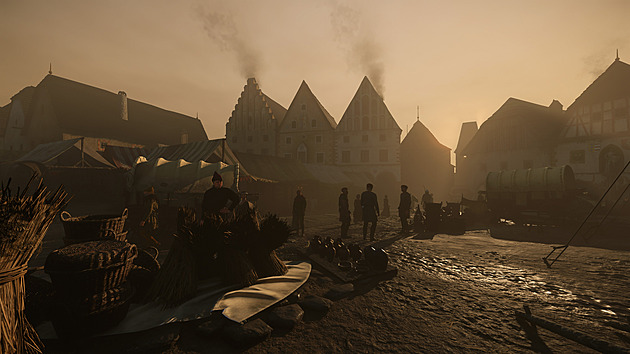
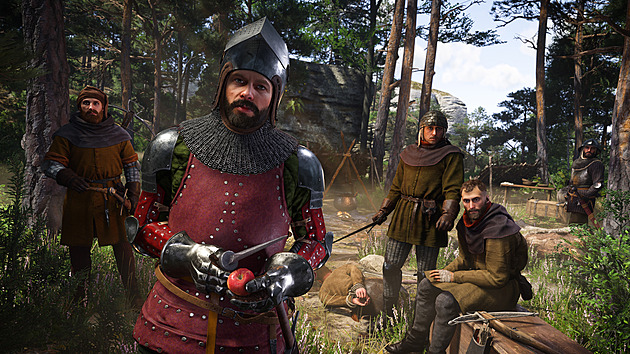
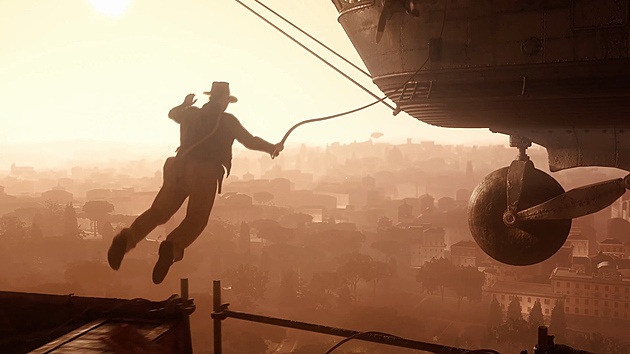
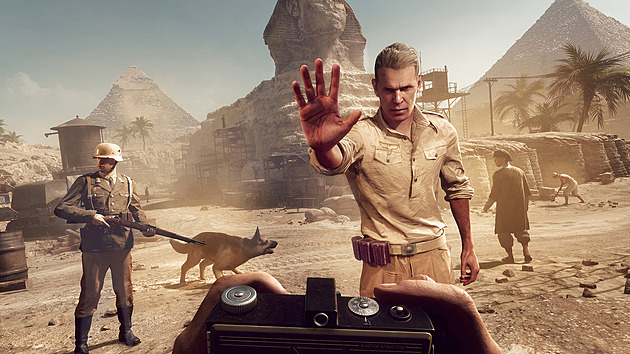
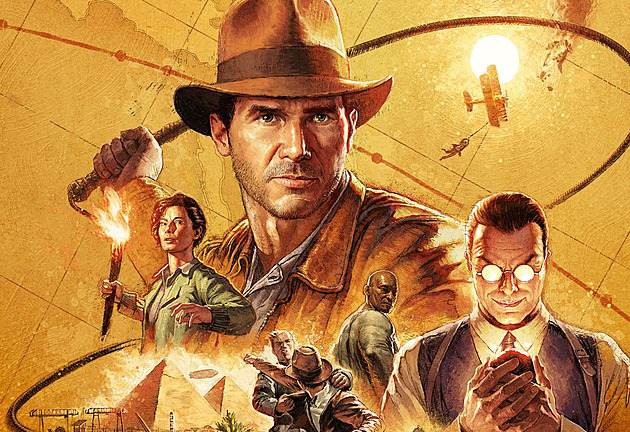








 .
. .
.
